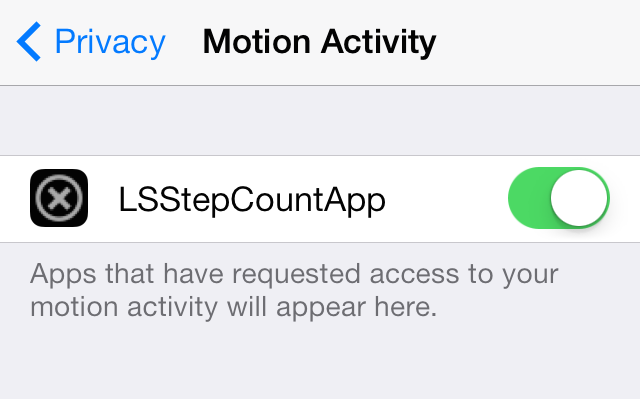Matplotlib is a library in Python and it is numerical – mathematical extension for NumPy library. It is an amazing visualization library in Python for 2D plots of arrays and used for working with the broader SciPy stack.
matplotlib.axis.Axis.get_contains() Function
The Axis.get_contains() function in axis module of matplotlib library is used to get the custom contains function of the artist.
Syntax: Axis.get_contains(self)
Parameters: This method does not accepts any parameter.
Return value: This method return the custom contains function of the artist.
Below examples illustrate the matplotlib.axis.Axis.get_contains() function in matplotlib.axis:
Example 1:
Python3
# Implementation of matplotlib function from matplotlib.axis import Axis import matplotlib.pyplot as plt from matplotlib.lines import Line2D import numpy as np from numpy.random import rand fig, ax2 = plt.subplots() ax2.bar(range(10), rand(10), picker = True) for label in ax2.get_xticklabels(): label.set_picker(True) def onpick1(event): if isinstance(event.artist, Line2D): thisline = event.artist xdata = thisline.get_xdata() ydata = thisline.get_ydata() ind = event.ind print('onpick1 line:', np.column_stack([xdata[ind], ydata[ind]])) elif isinstance(event.artist, Rectangle): patch = event.artist print('onpick1 patch:', patch.get_path()) elif isinstance(event.artist, Text): text = event.artist print('onpick1 text:', text.get_text()) Axis.set_contains(ax2, picker = onpick1) ax2.text(0.5, 0.8, "Value Return : " + str(Axis.get_contains(ax2)), fontweight ="bold", fontsize = 10) fig.suptitle("""matplotlib.axis.Axis.get_contains() function Example\n""", fontweight ="bold") plt.show() |
Output:
Example 2:
Python3
# Implementation of matplotlib function from matplotlib.axis import Axis import matplotlib.pyplot as plt from matplotlib.lines import Line2D import numpy as np from numpy.random import rand fig, ax = plt.subplots() ax.plot(rand(100), rand(100), 'o') def line_picker(line, mouseevent): if mouseevent.xdata is None: return False, dict() xdata = line.get_xdata() ydata = line.get_ydata() maxd = 0.05 d = np.sqrt( (xdata - mouseevent.xdata)**2 + (ydata - mouseevent.ydata)**2) ind, = np.nonzero(d <= maxd) if len(ind): pickx = xdata[ind] picky = ydata[ind] props = dict(ind = ind, pickx = pickx, picky = picky) return True, props else: return False, dict() Axis.set_contains(ax, picker = line_picker) ax.text(0.1, 0.8, "Value Return : " + str(Axis.get_contains(ax)), fontweight ="bold", fontsize = 10) fig.suptitle("""matplotlib.axis.Axis.get_contains() function Example\n""", fontweight ="bold") plt.show() |
Output:


